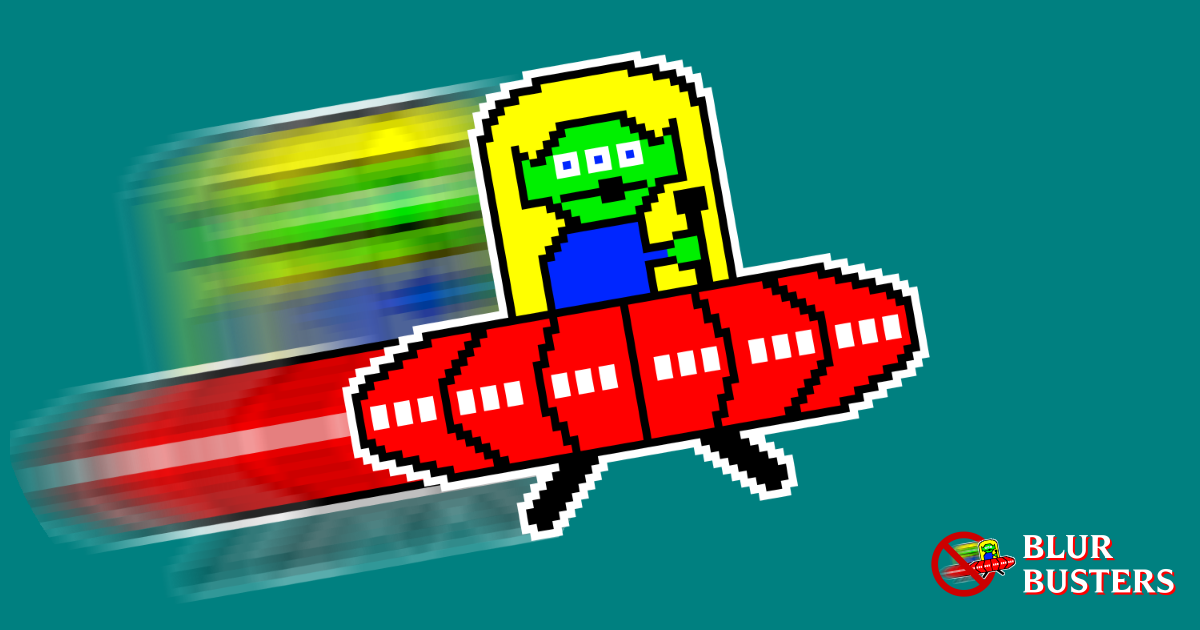@Cyan Yes, it's a weird thing seeing such natural looking lighting in games. I saw the video of the Witcher 3 ray tracing, and it's amazing how much proper lighting improves that game that is otherwise quite outdated looking at this point. I think Fortnite demonstrates it really well. You have really nice shadowing and lighting, and it doesn't have that artificial sharp look because there's a smooth rolloff from bright areas to shadowed areas. Also, the virtualized shadow maps fix one of the biggest visual problems in the game, which is shadow pop-in. I always used shadows off because the performance hit of high shadows sucked, and anything but the max had severe shadow pop-in issues that were incredibly distracting. The new virtualized shadow maps seem to stretch to your full draw distance, and I don't see any pop in, even on medium.
WRT shadows, I think the one of the big things that Lumen does is bring "infinite" shadows to software based shadows. That was always one of the biggies WRT shadows just being REALLY weird in games, that at certain times of the day they'd just stop after a certain distance when they shouldn't. That and hopefully spelling the end of just not right looking AO.
It's basically bringing correct lighting, albeit perhaps at lower quality than hardware accelerated RT, to any hardware capable of running UE5 without the need of RT hardware acceleration.
And even more importantly with the higher geometric density and detail of objects that Nanite brings, it actually makes that improved lighting look so much better, even in software, than RT based global illumination does in almost all non-Nanite games.
For me WRT lighting (so not looking at reflections and other things that hardware RT can assist with).
- Most games pre-hardware accelerated RT. Bad to good.
- Hardware accelerated RT - generally good to really good, but inconsistent
- Lack of enough geometric density and detail means it still doesn't quite look right.
- Nanite 5.0 with Lumen - impressively good.
- Really nice and looking even better than RT lighting in most other shipping games due to how light interacts more convincingly with objects and terrain that have enough geometric detail.
- One big problem, foliage means it still doesn't look quite right.
- Nanite 5.1 with Lumen - WOW, now we're talking.
- Now that vegetation can also react more realistically with lighting with increased geometric detail ... just wow.
Hardware assisted RT got me excited for good lighting but still wasn't quite there and the performance was definitely not quite there for me yet, but I hoped that at some point in the future X generation of hardware assisted RT cards would be fast enough for me to enable it in all games. Except something was still not quite there yet, world and object geometric detail wasn't high enough to truly make the lighting look right.
Now, Nanite goes a long way towards addressing the detail needed in order for lighting to really shine (pun intended). Sure software Lumen may not be as detailed as hardware accelerated RT can potentially be, but OMG does it look amazing combined with the advances in geometric detail that Nanite brings.
The big question still, of course, is how well it's going to run in shipping games. Fortnite is amazing and all with what we've seen, but it's still a relatively simple graphics style and environments aren't as dense as either a fully forested scene or a busy downtown city center.
Considering how well it runs and how incredible it looks on PS5, I'm hoping that Epic can iron out the things that make it run less than well on PC when software Lumen is used.
Regards,
SB

